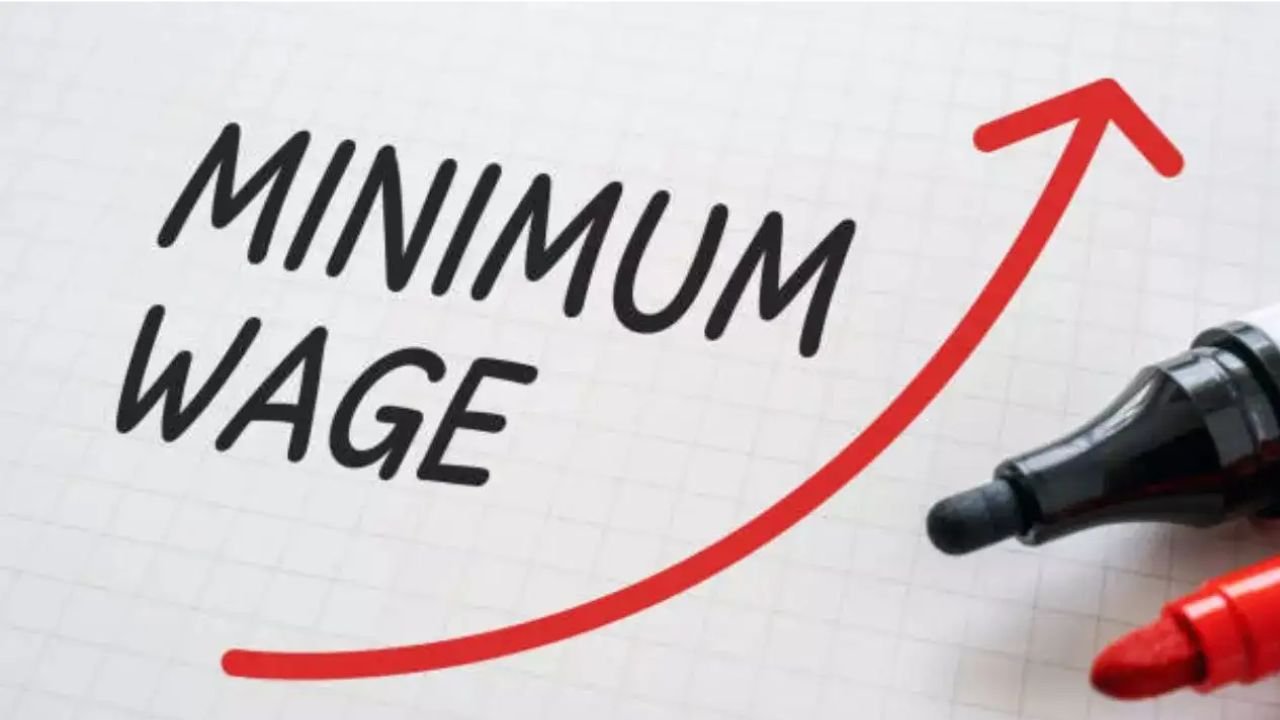The UK’s minimum pay rates rise across the board, reshaping earnings for millions of workers and resetting compliance expectations for employers. Announced to help employees cope with the persistent climb in living costs, these adjustments deliver meaningful boosts, particularly for younger workers and apprentices, while requiring businesses to plan carefully for higher payroll outlays and stricter enforcement.
| 2025 Wage Overview | Key Details |
|---|---|
| National Living Wage, 21+ | £12.21 per hour |
| Aged 18–20 | £10.00 per hour |
| Aged 16–17 | £7.55 per hour |
| Apprentice rate | £7.55 per hour |
| Accommodation offset | £11.33 per day |
| Who sets recommendations | Low Pay Commission |
| Compliance risk | Penalties up to £20,000 per underpaid worker |
How the UK Minimum Wage System Works in 2025
The UK framework separates protections into two pillars that move in tandem but serve different age groups. The National Living Wage applies to workers aged 21 and above, while the National Minimum Wage applies to those under 21 and to apprentices, with rates calibrated by age or employment status. Each year, the Low Pay Commission assesses inflation, market conditions, and living standards before advising the government on new rates that balance fairness and employment impact.
The New 2025 Rates
The 2025 uplift raises rates across every category, with notable gains for younger workers and apprentices. The National Living Wage reaches £12.21 for those 21 and over, while the 18-20 band moves to £10.00. The 16-17 rate and the apprentice rate align at £7.55, and the accommodation offset climbs to £11.33 per day. Together, these shifts narrow age-based gaps and improve entry-level earnings during a period of elevated prices.
Why These Increases Matter for Workers and Families

Higher baseline pay supports households confronting steeper bills for housing, food, and utilities. It can also strengthen local economies by channeling additional disposable income into everyday spending. For younger workers, the larger percentage rises improve incentives to join and stay in the labour market, while the apprentice uplift enhances the financial attractiveness of training pathways that build long-term skills.
Who Gains the Most From the 2025 Update
Low-income employees in care, retail, cleaning, hospitality, and similar sectors will see immediate improvements in take-home pay. Younger workers benefit from the biggest percentage jumps, closing part of the historic gap with older colleagues. Apprentices gain parity with the 16–17 band, raising the floor for training roles. Part-time and hourly staff are protected equally, ensuring proportional increases regardless of contracted hours.
Employer Responsibilities and Compliance Essentials
Employers must implement the new rates from the first pay reference period on or after 1 April 2025, updating payroll systems and ensuring every eligible worker is paid correctly for each hour worked. Record-keeping, accurate scheduling, and clear contracts are vital, as underpayment risks formal penalties up to £20,000 per affected worker alongside back pay liabilities. Transparent communication with staff helps reduce misunderstandings and builds trust during the transition.
Real-World Challenges Businesses Need to Navigate
Labour-intensive sectors face the steepest payroll increases and may need to adjust budgets, pricing, and staffing plans. Operational efficiency becomes more important as wage costs rise, prompting reviews of processes, shift structures, and technology adoption. Cash-flow planning should reflect higher wage run rates and seasonality, while compliance checks guard against inadvertent shortfalls in busy periods.
Practical Planning for Employers Ahead of the Deadline
Updating payroll software early reduces last-minute errors, especially where complex patterns, overtime, or accommodation are involved. Training managers on the new rates and eligibility rules helps ensure consistent application across teams. Forecasts should model wage sensitivity and margin impacts, evaluating options like process automation, cross-skilling, or selective scheduling to sustain service levels without breaching pay laws.
Actionable Guidance for Employees to Maximise the Uplift
Workers should review payslips in April to confirm the updated hourly rate and verify that all hours, including overtime, are correctly paid. Official calculators can help confirm the right rate for age and role. If something looks off, raising it promptly with payroll or HR usually resolves most issues; escalation routes exist where needed to secure back pay. Using any increase to reduce debt, build an emergency buffer, or cover essential costs can strengthen financial resilience.
Looking Ahead to 2026
Early projections suggest the National Living Wage could move toward £12.71 in 2026, depending on inflation, productivity, and the broader economic outlook. Policymakers are also examining whether to further narrow or remove age bands over time, which would standardise protections and simplify compliance. Final decisions typically arrive with the Autumn fiscal announcements, giving employers time to plan for the next cycle.
Turning a Policy Shift Into Practical Progress
The UK Minimum Wage 2025 is a meaningful step toward fairer pay and improved living standards, with clear benefits for workers and distinct obligations for employers. Success in the months ahead hinges on timely payroll updates, rigorous compliance, and open communication. For employees, the uplift offers real help with essential costs. For businesses, it is both a test and an opportunity to retain talent, lift morale, and sharpen operations in a higher-wage economy.

